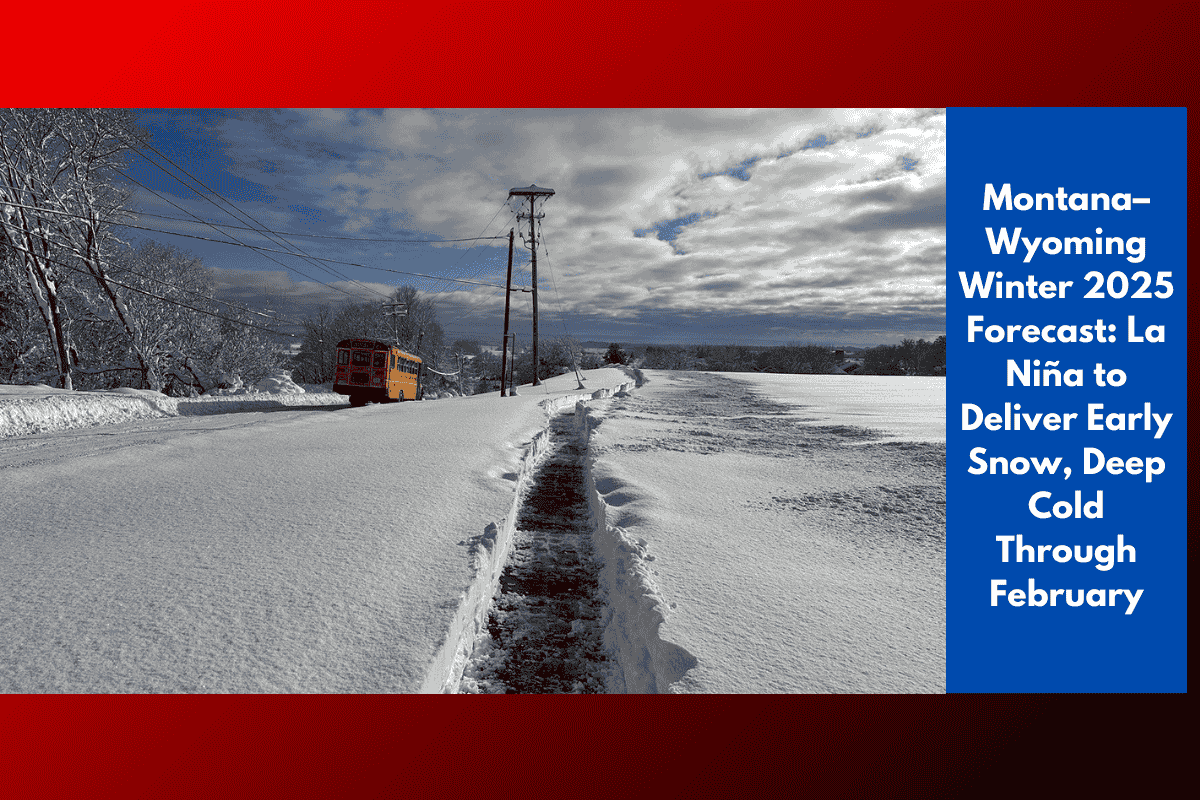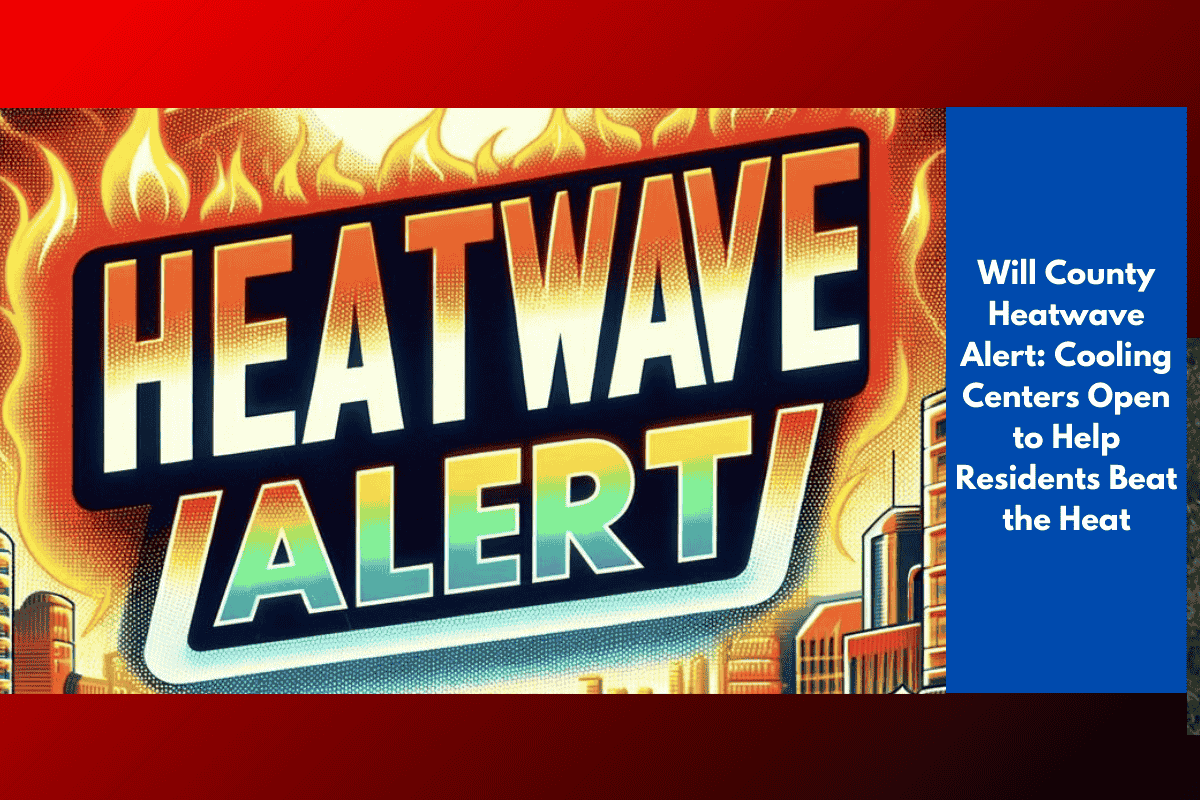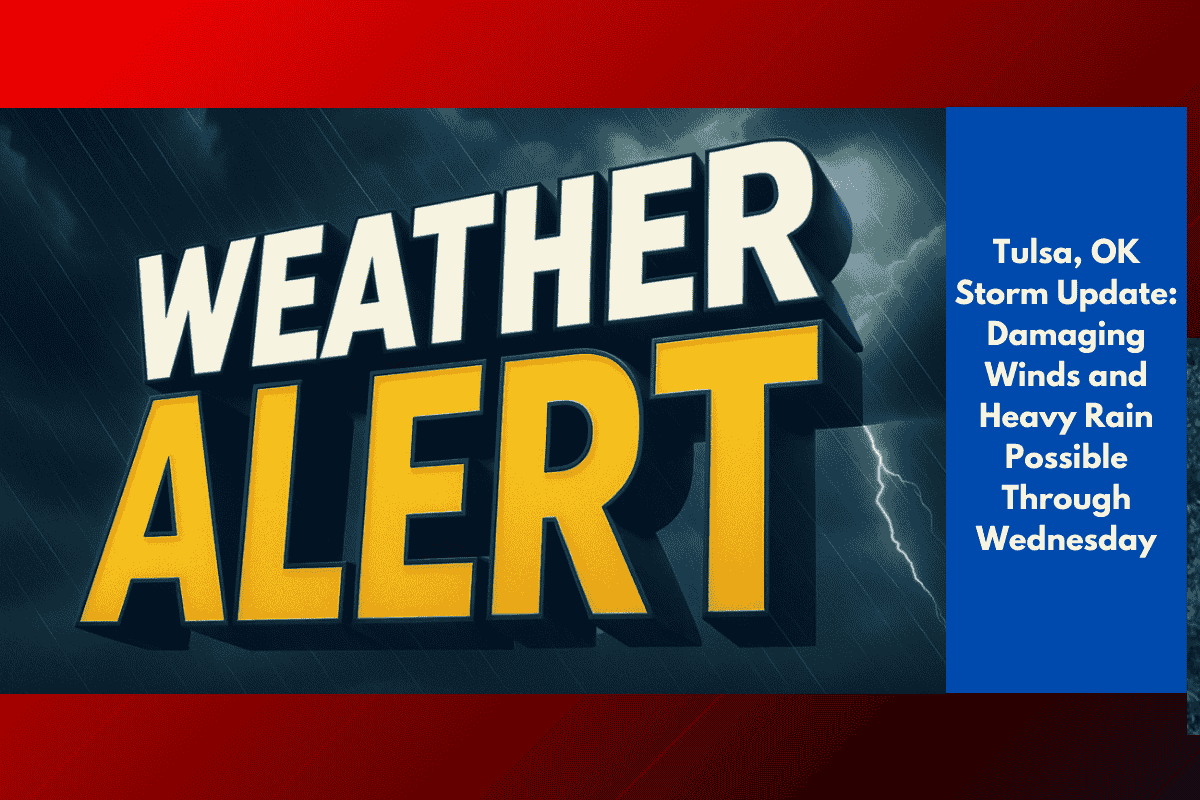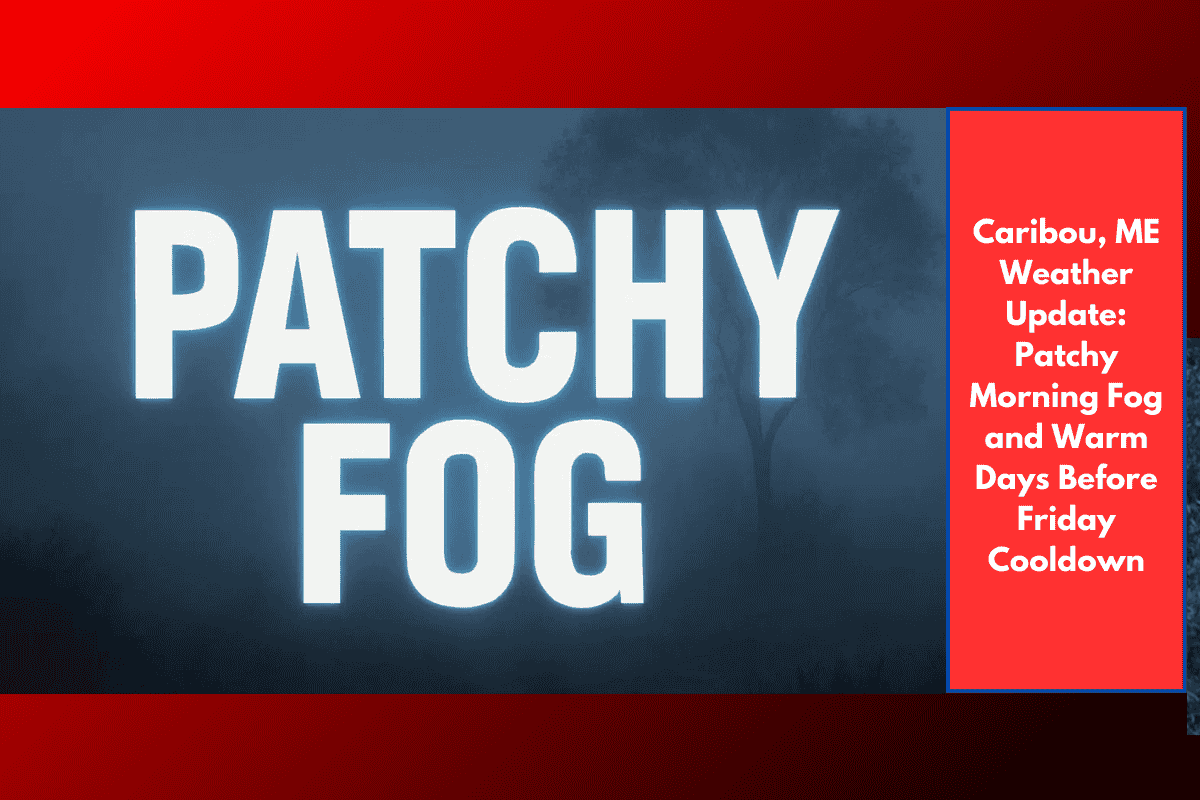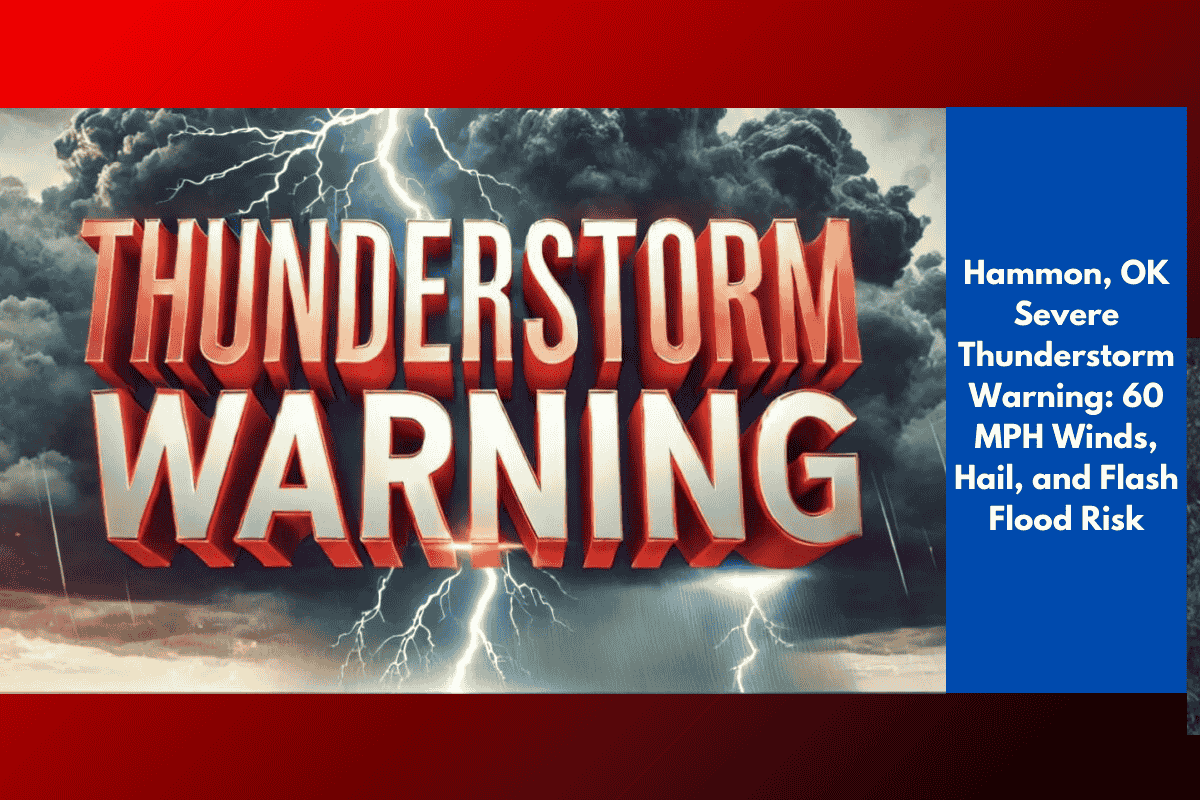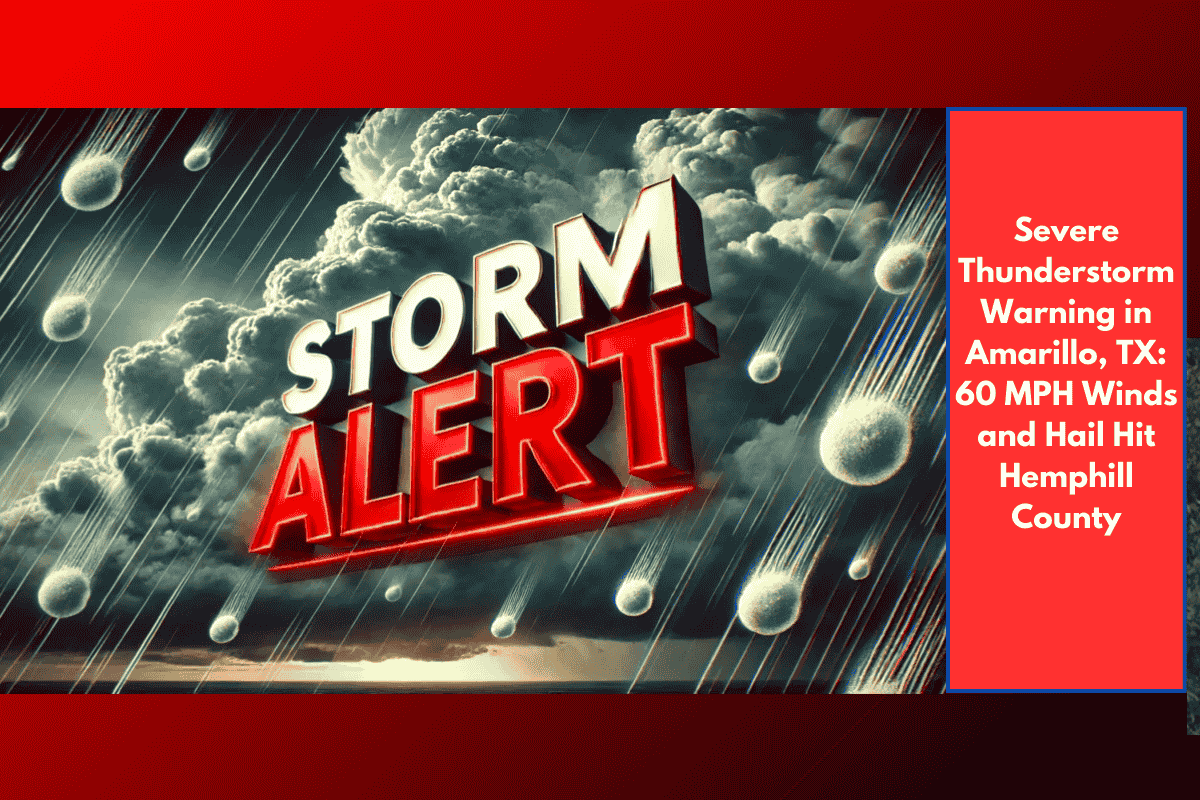BILLINGS, Mont. — Winter is expected to hit hard and early across Montana and Wyoming this year, with La Niña shaping up to bring a storm-heavy, colder-than-average season through February 2026. According to NOAA’s Climate Prediction Center, snow could arrive weeks earlier than usual, especially in the mountains, while valley regions brace for prolonged cold and heavier snow systems later this fall.
If you’re planning on winter travel, ranching operations, or simply preparing for daily life in the region—this is the winter to take seriously.
La Niña’s Impact: Snow, Cold, and Stronger Storms
The return of La Niña will steer Arctic air masses and Pacific storm systems across the Northern Rockies, locking Montana and Wyoming into a cold, stormy cycle that may begin as early as September in higher elevations.
Key highlights from NOAA and the Farmers’ Almanac include:
Early snowfall in the Rockies, Tetons, Big Horns, and Absaroka ranges
Increased risk of avalanches due to persistent snowpack
Frequent storms affecting valleys and plains by late fall
A season described as “Chill, Snow, Repeat”
Areas Most Affected
Expect harsh winter conditions across both states, especially in:
Billings, MT to Cheyenne, WY
Mountain ranges like the Tetons, Big Horns, and Absarokas
Valleys and plains where snow may arrive later, but accumulate heavily
The combination of frigid Arctic air and steady snow could make this one of the more challenging winters in recent years.
Travel Trouble Expected on Major Routes
Interstates I-90 and I-25 are expected to become trouble spots throughout the season. NOAA warns of:
Blowing snow and whiteout conditions during peak storms
Icy roads and chain-up advisories in mountain passes
Possible road closures and long delays during heavy snow events
Motorists are urged to check travel advisories regularly and avoid unnecessary travel during storm periods.
Ranchers and Rural Communities Face Added Strain
Farmers and ranchers across rural parts of Montana and Wyoming may find this winter especially difficult. Key concerns include:
Prolonged subzero temperatures making livestock care more demanding
Snow-covered rural roads complicating supply runs and medical access
Increased need for fuel, feed, and shelter preparation in advance
With winter potentially stretching deep into late February or early March, agricultural operations will need to stay flexible and well-stocked.
How to Prepare
With forecasts pointing to early snow and lasting cold, now is the time for residents to:
Winterize vehicles and homes
Secure backup heating options and emergency supplies
Prepare livestock shelters and feed stores
Stay informed via NOAA weather alerts and local advisories

